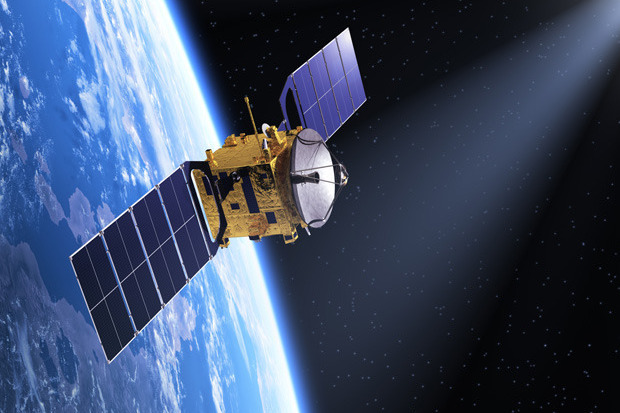The news also comes as a breather for those who were constantly facing bad or slow internet connection which would prove to be a headache at times. The business class, government institutions and even the common people are expected to get the most out of it as this would directly benefit them by enhancing the quality of their business, studies, work and loads of other things. The satellite internet provider has further explained that when launched, the first two satellites will provide twice the total network capacity of the roughly “four-hundred commercial communications satellites in space today combined,” Viasat said. Each of the Viasat-3 satellites will be able to throughput over 1 terabit per second, Viasat explained. The Americas and Europe are the first choice coverage areas and the reason for this the company claims is that these are the most economically developed areas and likely would be most eager to pay for it. EMEA, or Europe, Middle East and Africa, will footprint the second zone. And, later, a third satellite will cover the Asia-Pacific region, the company says. Competitor Inmarsat is also racing to bring global commercial broadband to market. It says that its Global Xpress, or GX, “commercial service introduction” was completed in December. I’ve written about Global Xpress before, when it promised 50 Mbps download speeds in 2014. Hughes and EchoStar’s XIX is planned for launch in late 2016, according to EchoStar. Hughes says its existing JUPITER system offers “high-throughput terminals of up to 100 Mbps capacity,” according to a Hughes press release. [Source: NetworkWorld] The announcement made by ViaSat has opened a new world of internet experience for high speed enthusiasts who were eagerly waiting for a new kind of an alternative to the pseudo-100 megabit internet which would just pose to be 100 megabit and rather provide you with a 24- megabit speed. So lets wait and watch till 2019.
Δ



